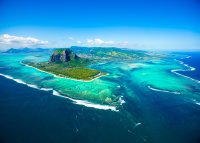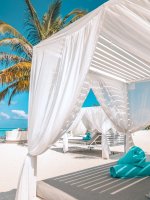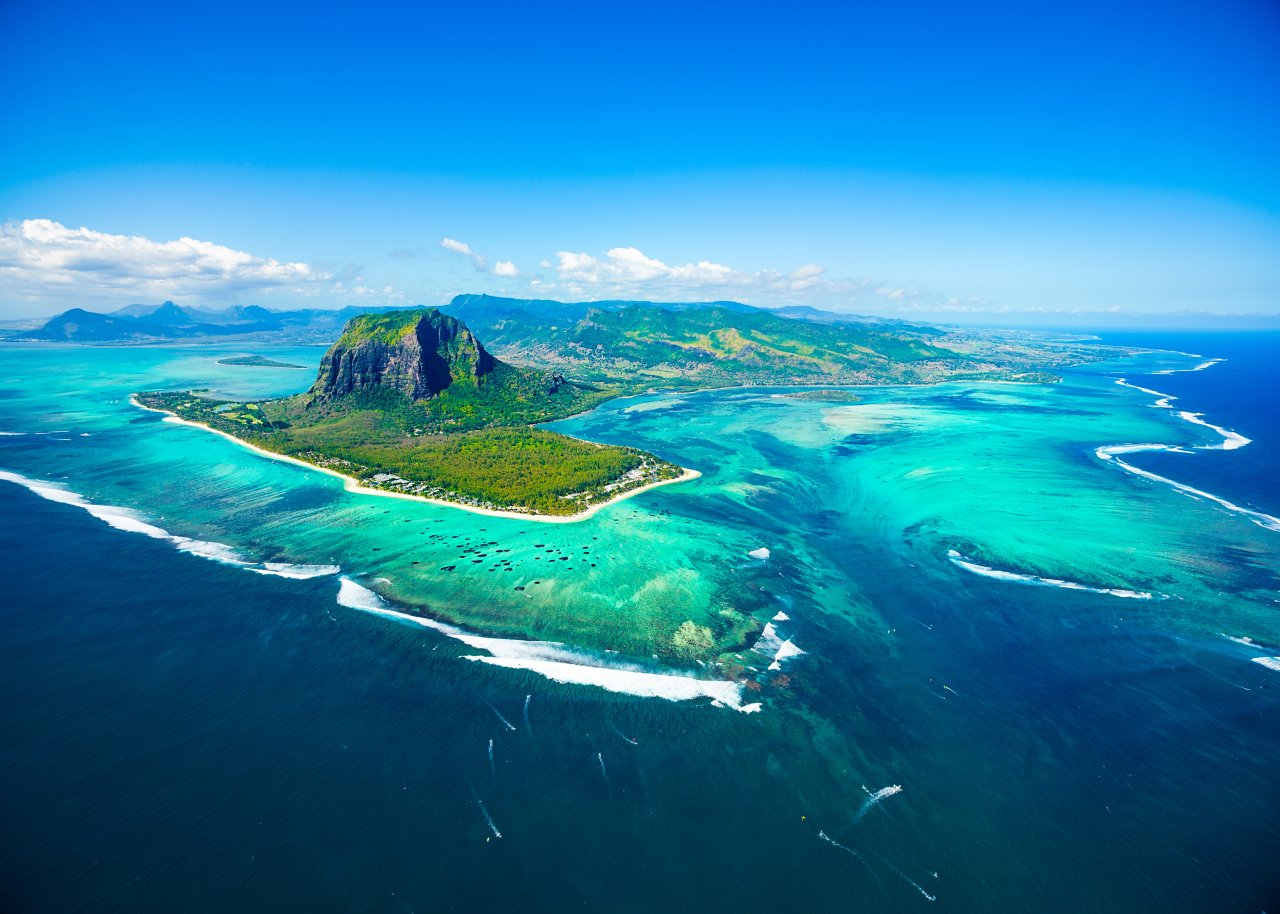KELONIA (Pointe des Châteaux, St-Leu; % 0262 348110; f 0262 347687; e contact[at]kelonia.org; ( 09.00–18.00 daily; guided visits at 10.00, 11.30, 14.00, 15.15 & 16.30; admission adult/child €7/5) Formerly Ferme Corail, this conservation project used to be a farm, breeding turtles for their meat and shells, which were used to make jewellery and ornaments. Thankfully, since the international ban on this activity, the farm has become a centre for captive-breeding and release programmes and the study of the sea turtles of the Indian Ocean. There are seven species of sea turtle in the world and five are found around Réunion.
Most of the turtles here are green sea turtles (Chelonia mydas). Once abundant on the island, they are rare now, having been eaten almost to extinction by the early colonisers. The displays are interesting and informative; most are only in French. You may be shocked to see trinkets made from turtle shells on sale in the shop, but the shells apparently came from the remaining stock, obtained before the ban.
MUSEE DU SEL (Pointe au Sel les Bas, St-Leu; % 0262 347700; ( 09.00–12.00 & 13.30–17.00 Tue–Sun; admission free) Just south of St-Leu, this modern museum tells the story of salt production (in French only).
CONSERVATOIRE BOTANIQUE NATIONALE DE MASCARIN (2 Rue du Père Georges, Domaine des Colimaçons, St-Leu; % 0262 249227; f 0262 248563; e cbnm[at]cbnm.org; cbnm.org ( 09.00–17.00 Tue–Sun; admission adult/child €6/3) Signed from the main road just north of St-Leu. A guided walk around the grounds allows you to see and learn about the island’s native flora, as well as spices and plants used for their fruit, seeds or essential oils. Well worth visiting as a one–two-hour excursion. There is a souvenir shop and a snack bar.
STELLA MATUTINA AGRICULTURAL AND INDUSTRIAL MUSEUM (6 Allée des Flamboyants, Piton St-Leu; % 0262 341624; e com.seml[at]wanadoo.fr; stellamatutina.fr; ( 09.30–17.30 Tue–Sun; last entry 16.45; admission adult/child €8/5; combined ticket – Stella Matutina and Maison du Volcan €10) Housed in a former sugar factory, this museum tells the story of Réunion’s agricultural and industrial development, covering the production of coffee, sugar, rum, spices and perfume. The turning to the museum is on the coast road south of St-Leu. There is an excellent restaurant. Audioguides, available in English, French or German, cost €2.
AQUARIUM DE LA REUNION (Port de Plaisance, St-Gilles-les-Bains; % 0262 334400; e aquarium.reunion[at]wanadoo.fr; aquariumdelareunion.com; ( 10.00–18.00 Tue–Sun; last entry 17.30; admission adult/child €9/6) Interactive displays and carefully planned tanks make this a fascinating aquarium, particularly good for children. Coral, sea horses, barracudas and all the snorkeller’s favourites are to be seen in an environment that is intended to be as close as possible to their natural one. It takes at least an hour to have a good look around.
MUSEE DE VILLELE (Domaine Panon-Desbassyns, St-Gilles-les-Hauts; % 0262 556410; e musee.villele[at]cg974.fr; ( 09.30–17.30 Tue–Sun) A colonial estate, formerly owned by Madame Desbassyns, who is said to have been a particularly cruel plantation owner who mistreated her 300 slaves. Her story inspired Jean-François Sam-Long’s novel Madame Desbassyns . The Chapelle Pointue (Pointy Chapel), where she is buried, the former slaves’ hospital and the garden can be visited free of charge. Guided tours of the Chapelle Pointue and the ground floor of the house (built 1787) can be arranged and cost €2.
LE JARDIN D’EDEN (155 RN1, L’Hermitage; %/f 0262 338316; ( 10.00–18.00 Sat–Thu; admission adult/child 7/3.50) Exploring this 2.5ha garden, which focuses on ethnobotany, takes around 1½hrs. There are over 600 species of plant and visitors are likely to see plenty of birds and possibly a chameleon or two. Information booklets are available in English, French and German.
LE CIMETIERE MARIN (St-Paul; % 0692 863288; e contact[at]guid-a-nou.com; guid-a-nou.com; guided tour 09.00 Fri). While you can wander around the cemetery under your own steam, this one-hour guided tour recounts the stories behind some of the more interesting occupants, such as La Buse, the pirate, and Leconte Delisle, the poet.















